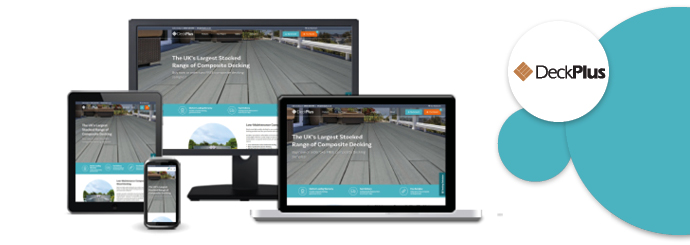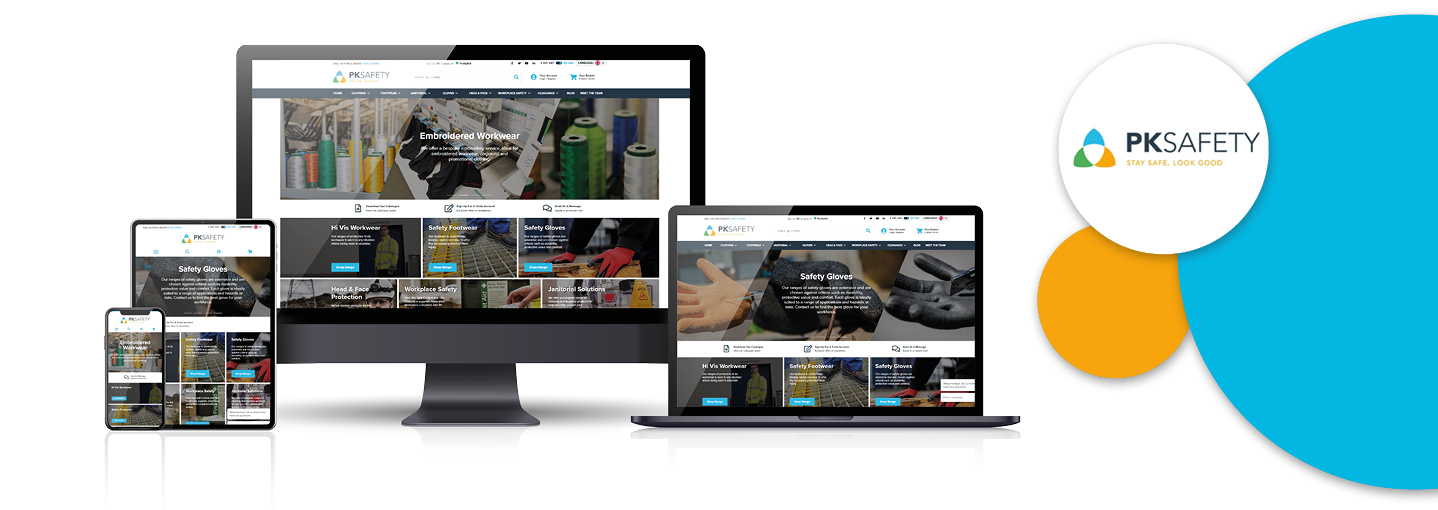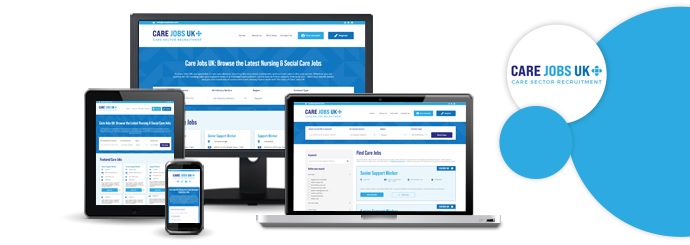
We recently upgraded and revamped two websites for Greensquares, one of our longest-standing clients. Founded in 2004, Greensquares is a family-owned business that specialises in creating low-maintenance outdoor living spaces. Over almost two decades, the business has steadily grown to encompass several popular brands, including DeckPlus composite decking and PrimaPorcelain paving.
More...

Since 1983, PK Safety has supplied a wide range of workwear, PPE and safety clothing to businesses across the UK. What's unique about PK Safety's workwear is that it can be customised with a logo or design, meaning companies can purchase branded uniforms that will keep their employee's safe while at work.
PK Safety reached out to us to see if we could help them build a brand new ecommerce website that would integrate with their custom ERP system. We were more than happy to take on the challenge! Their new website is now live - take a look here: www.pksafetyuk.com
More...

Britain's healthcare system is powered by the hard work of millions of people in all sorts of different professions. By some estimates, one in ten UK workers are employed by the health and social care sector - and the coronavirus pandemic has made their contribution more important than ever.
More...

Back in 2018, Apprentice winner Ricky Martin approached us with a creative idea for a quiz that would allow people to find out which type of scientist they are.
This quiz was a great hit when it first launched and continues to drive lots of traffic to the Hyper Recruitment Solutions website today, so it was no surprise when they reached out to us to see if we could replicate this success with a brand new quiz - Which Famous British Scientist Are You?
More...

Here at Designer Websites, we have worked with clients from a huge range of industries to build websites that sell baked goods, birdseed, lifting equipment, ladders and more... With all this web design experience under our belt, we can confidently say that targeted website design is a vital part of building a successful site for any client.
Today we're going to take a look at what ‘targeted website design’ means and show you how you can implement it, so that your website attracts the right kinds of people who’ll convert time and time again.
More...